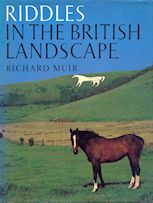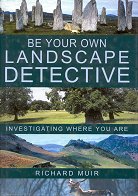The peoples of the British Isles live in a landscape which is perhaps unrivalled in its beauty and in its scenic diversity, and which contains an equally rich and varied heritage of ancient monuments. Richard Muir’s riddles are riddles about people and the different ways in which they viewed their world; they provide portholes to the past, intimate introductions to long-forgotten ways of life, systems of belief and day-to-day problems.
But you will not find here secret messages in the landscape with no existence outside the imagination of their discoverers; the findings of Richard Muir’s guided tour of the British past are all the more intriguing for their concentration on the evidence. And while you may join him from your armchair in his compellingly illustrated survey, you may also take to the road, guided by the detailed gazetteer of sites covering the country which accompanies each of his chapters.

